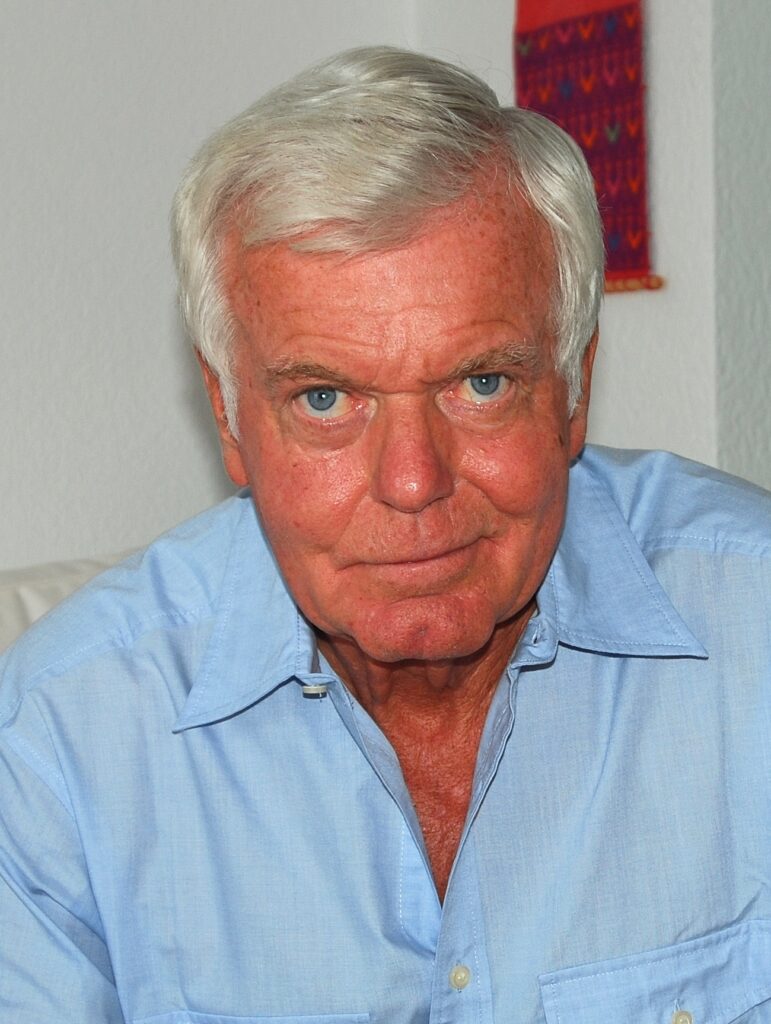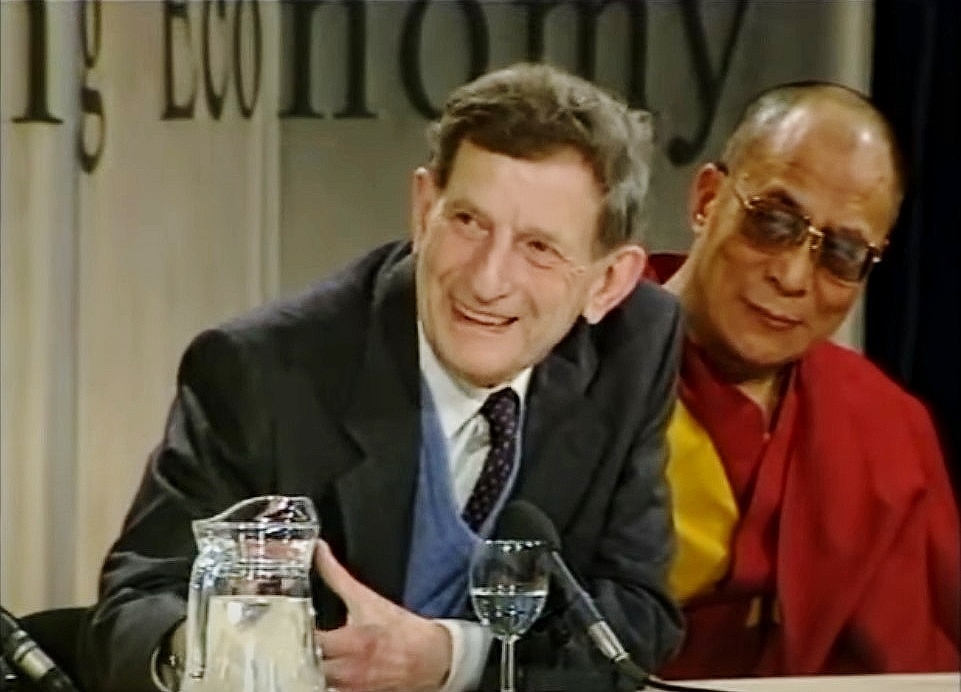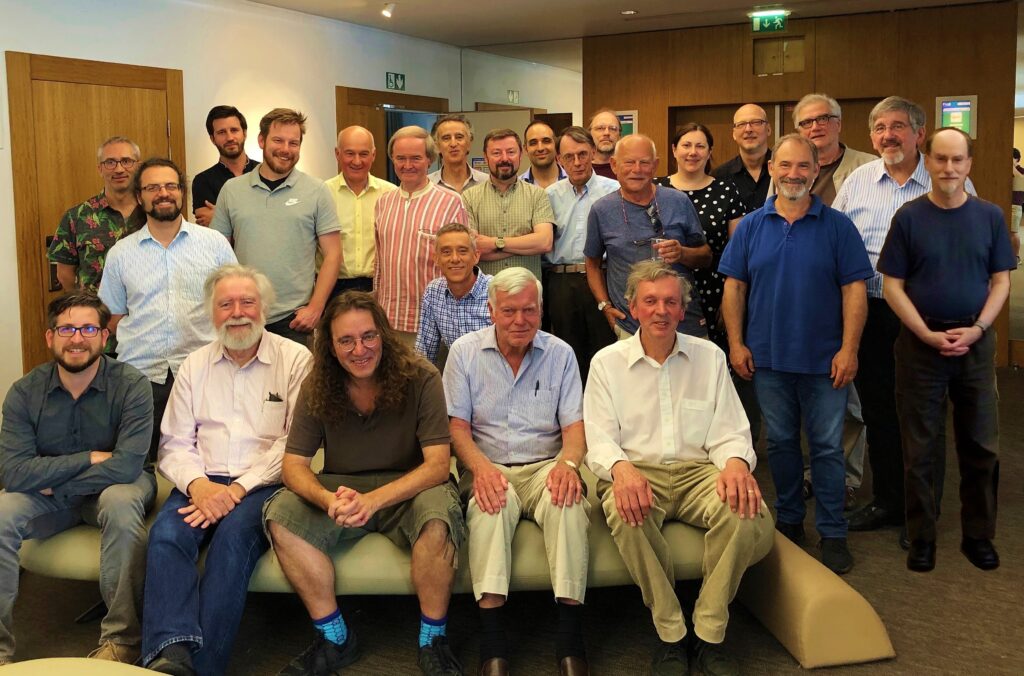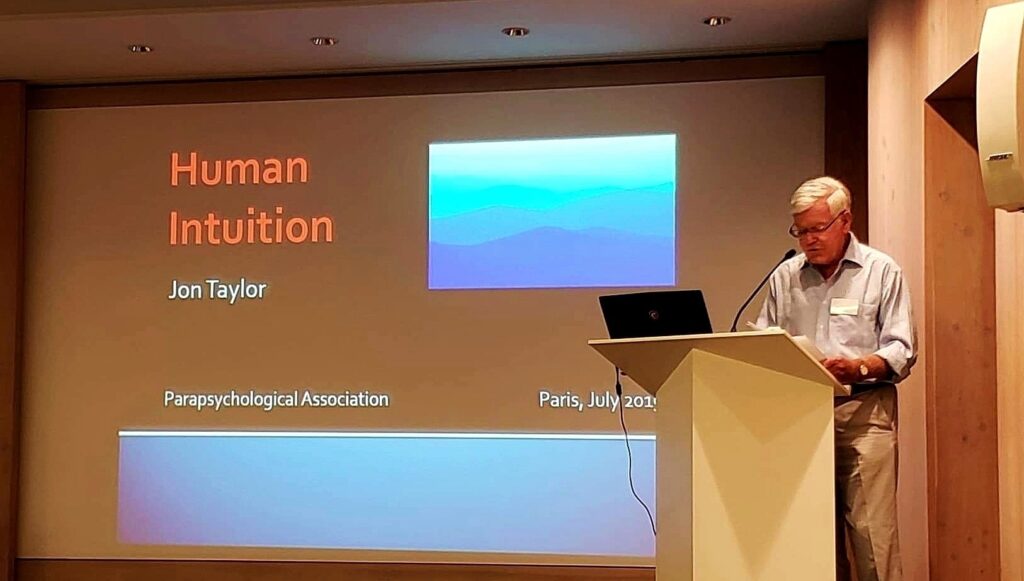Is It Possible to Predict the Future?
Parapsychologists are Convinced; Orthodox Scientists Tend to be Skeptical.

The future has always been one of the greatest mysteries for humankind. Throughout the ages, people have wanted to know about their destinies. And throughout the ages, they have looked for ways to obtain such knowledge.
For almost a century, research has been carried out in an attempt to prove that precognition and other forms of extrasensory perception are real. The early experiments were often open to flaws, such as sensory cueing, and even fraud. But modern research is carried out by specialists, including physicists and neuroscientists, who are committed to scientific rigour. The results are giving definite evidence for precognition, and are often published in prestigious scientific journals.
Nontheless, precognition is still considered a controversial phenomenon. Skeptics claim that it would suppose the retrieval of information from a future that did not exist. Furthermore, precognition would violate the law of causality, according to which an effect cannot occur before its cause.
These problems are further confounded by the fact that many parapsychologists look upon ESP as a challenge to scientific materialism. They assume that a person’s consciousness is required to carry the information across space and time. And this explanation doesn’t convince the majority of orthodox scientists, who subscribe to materialism as the dominant worldview.
But what if there were another way to explain ESP? What if there were a physical theory to account for the transfer of information across space and time? What if there were a way to show how ESP is not only real, but also beneficial for our survival and well-being? This is what Jon Taylor’s research is about.

Jon Taylor is an interdisciplinary scientist with a Cambridge MA in Natural Sciences. He has dedicated more than 25 years to a rigorous investigation of anomalous phenomena related to cognition. He suggests that ESP can be explained according to currently understood physical and biological principles. Jon has lectured at international conferences and his work has been published in peer-reviewed academic journals. He is a professional member of the Parapsychological Association and a member of the American Association for the Advancement of Science. Jon lives in Puerto de Santa Maria, Spain.
What Is Precognition and How Does It Work?
Jon Taylor suggests that precognition is the key phenomenon of ESP and it means literally knowing that something will happen before it actually does happen.
Precognition occurs when people connect, not with the event itself, but with their own future knowledge of the event. The precognition is due to a transfer of information from the brain in the future to the brain in the present. It is similar to telepathy, in which the information is transferred from a different brain.
To explain precognition, Taylor turns to the special theory of relativity along with David Bohm’s interpretation of quantum mechanics. According to these theories, the future events do exist in space and time. Precognition occurs when there is a correlation between one’s present and future brain states. The transfer of information is produced by a non-local influence (i.e. from outside of space and time) and it is detected directly within the neuronal networks that are activated in the brain. The mechanism obviates the need to transmit a signal backwards in time, and the need to hypothesize the existence of a sensory organ to detect the signal.
Careful examination of the neural mechanism suggests that precognition is a normal phenomenon, which often occurs whilst we are dreaming, or when we have a sudden feeling that something unexpected is about to happen.
However, Taylor emphasizes that precognition reveals only fragments of information about our future, and those fragments tend to refer to experiences that occur in close proximity in time, and that produce strong emotional impact upon us when they occur.
The mechanism explains many of our day-to-day experiences, and even such unusual phenomena as déjà vu and love at first sight. However, the most important application is to explain intuition, in which information from the future helps us make better decisions and serves as an important aid to our survival and to the fulfilment of our needs.
What About Telepathy?
Telepathic communication between different brains may be difficult to achieve, for the very reason that the brains are different. There is little real evidence for telepathy being detected in the laboratory, because the positive results of target-guessing experiments can almost always be attributed to the participants’ use of precognition to detect their future knowledge of the targets – knowledge obtained on receiving feedback of the target information.
On the other hand, a person might be able to create weak telepathic influences that can sometimes affect the behaviour of others. For example, it is well known that people who are optimistic can have a positive influence on those around them. Furthermore, Taylor’s investigations suggest that in a borderline situation, we might be able to influence another person’s decision in such a way as to tip the balance in our favour.
Why Clairvoyance Is Unnecessary
The results of precognition experiments give definite evidence for contacts with something in the future – but they don’t tell us with what the contact is made. Ever since the early days of research, parapsychologists have assumed the clairvoyance interpretation, according to which contact is made directly with the targets randomly chosen for their experiments.
Jon Taylor began to doubt this interpretation after reading J. W. Dunne’s bestseller An Experiment with Time, in which Dunne examined the premonitory content in his dreams. Dunne discovered that he was connecting not with the events themselves, but with his own future experience of reading about the events, or watching them happen.
Taylor has found no evidence to support the clairvoyance interpretation. Furthermore, it would be difficult, if not impossible, to explain the collection and encoding of target information according to currently understood principles in physics.
However, if the participant in an experiment is given feedback of the target information in the future, his or her brain will then possess the information in a suitably encoded form. So all that’s needed for extrasensory contact is a transfer of information from the brain in the future to the brain in the present.
By eliminating clairvoyance, ESP is simplified considerably. It is a transfer of information between living brains across space and time. And nothing more.
David Bohm with H.H. The Dalai Lama
David Bohm was a leading physicist who contributed unorthodox ideas to quantum theory. He proposed the concept of an implicate order, based upon the zero-point energy field that exists outside of space-time. The implicate order unfolds to create the successive moments of the universe with which we are familiar – the explicate order – and these moments are then immediately re-enfolded back into the implicate order. Bohm turned to Eastern thought to develop the idea of a quantum potential which guides the process of unfolding. He suggested that similar structures ‘resonate’ in the implicate order and tend to unfold in a form in which they are more similar to one another – and this represents a transfer of information when the idea is applied to living brains.
When Bohm first put forward his ideas in 1952, they were considered a threat to scientific orthodoxy. Today, renewed interest is being shown towards the quantum potential, and both University College, London, and the University of Toronto are performing experiments to prove its existence, so far with successful results.


The Institut Métapsychique International Centenary
Jon Taylor was among the 30 scientists who participated in the IMI Centenary workshop, held in Paris, July 2019. Delegates were convened from France, Germany, Holland, Portugal, Spain, UK, and USA, to examine theoretical approaches to explaining psychic phenomena.
The consensus was that whilst the reality of ESP has been established beyond any reasonable doubt, no final agreement was reached with regard to the mechanism.
Jon Taylor shares a brief introduction to his work on ESP and its implications
The Power of Intuition

What Is Intuition and How Does It Work?
Intuition is often described as the ability to understand something instinctively, without the need for conscious reasoning. Many psychologists believe that such an ability refers to information we already possess, but which lies below the threshold for awareness. The information somehow leads to an immediate understanding, without requiring logical analysis.
This description gives no indication as to how the immediate understanding is achieved, nor does it acknowledge the fact that intuition often seems to include information from the future.
Jon Taylor’s research suggests that information does come from the future, but in a rather subtle way. First, we use precognition (unconsciously) to try to obtain the knowledge that we shall fulfil an intention to do something. But if we are unable to fulfil our intention (e.g., because an accident would prevent us) there is an absence of precognition, which we instantly perceive as an intuitive warning – a feeling that “something is wrong”. We deduce that it might be due to an accident, and we avoid the accident by changing our intention and doing something else instead.
This explains why intuitions tend to be vague. We become aware, say, of a danger, but without knowing exactly what the danger is. The mechanism also avoids any paradoxes such as would occur if we obtained direct knowledge of a future accident, and then we used that knowledge to prevent the accident.
Taylor proposes that intuition occurs far more often than we realize, and can be used in a variety of ways:
- to help us make better and faster decisions, sometimes leading to creative insights and sudden flashes of inspiration
- to explain the mystery of homing instinct in animals, in situations when they cannot rely on their ordinary senses
- to explain how the I Ching (Chinese Book of Changes) enables us to access the future and obtain the best advice on how to solve our problems
- to explain remote viewing as a technique for obtaining information from the future. The technique was used in STAR GATE – the US government’s 22-year covert program in psychic espionage.
With an understanding of the mechanism, it soon becomes evident that intuition plays an important role in our everyday lives.
Intuition and precognition are fully described in Jon Taylor’s book Contact with the Future: The Amazing Power of Intuition and Precognition.

Parapsychological Association Convention, Paris, July 2019
Jon Taylor presenting his model for intuition at the Parapsychological Association Annual Convention. The PA is an international professional organization of scientists and scholars engaged in the study of psi (‘psychic’) phenomena. First established in 1957, the PA has been affiliated to the American Association for the Advancement of Science since 1969.